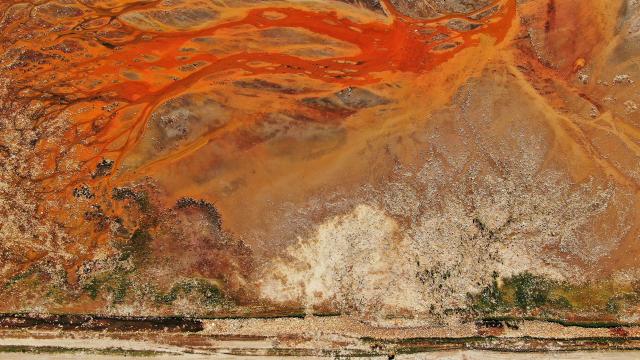At first glance, the photo above may look like a painting collaboration between Jackson Pollock and Mark Rothko. That’s what I thought when I saw it and was drawn to the bright streaks of orange covering the landscape. However, the reality is far more disgusting and alarming. This is not art: It’s an aerial view of an area near Oruro, Bolivia filled with trash.
The following photos were taken in recent days and highlight the mounting concern over Lake Uru Uru, a 21 km-long body of water that is being described by some media outlets as a natural trash can. It’s not just plastic bottles threatening the lake, though. It also has to deal with sewage from the city of Oruro and waste from small mining companies in the region.
The History of Lake Uru Uru
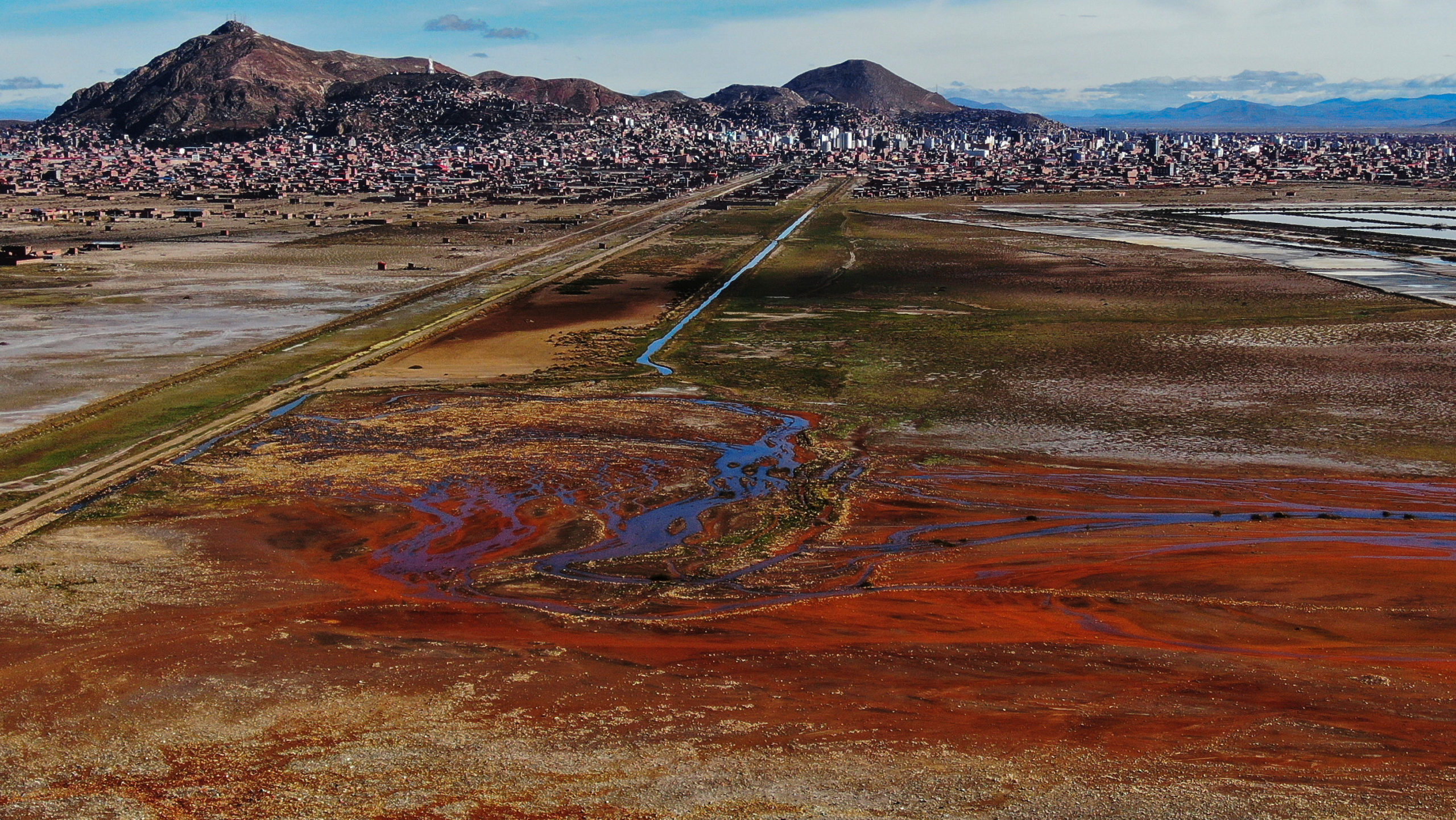
Lake Uru Uru is only a few decades old. It was formed in 1960s after the Desaguadero River was diverted. The lake is ripe with wildlife, home to dozens of species of birds, including about 120,000 flamingos, per Spanish news agency EFE. Lake Uru Uru’s plants and fish also serve as sustenance for the Urus, an Indigenous group of people that occupy a region between Peru and Bolivia.
Lake Uru Uru Is Filled With All Sorts of Trash
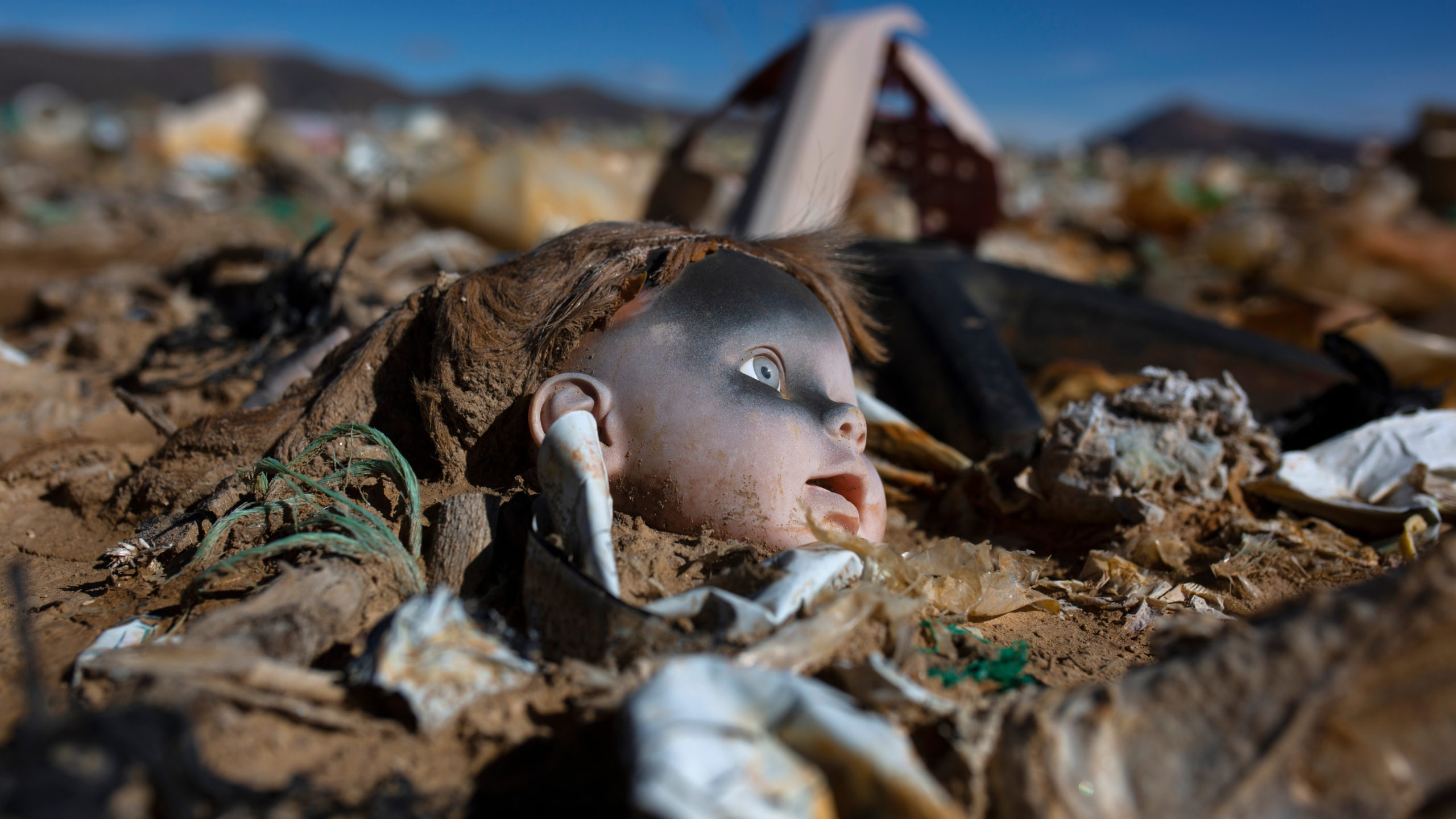
Some of the trash that plagues Lake Uru Uru includes old toys, shoes, used diapers, thousands of single-use bottles, packaging, and the remains of dead animals. While some of this trash can be seen on the surface of the lake, there is also trash under the sand from years past, which has transformed into a nauseating black resin.
One of the biggest problems for Lake Uru Uru is the Tagarete River, which connects the lake and the city of Oruro. Activists have said that the river transports plastic from the city, home to more than half a million residents, to the lake.
Its Water Is Contaminated, Too
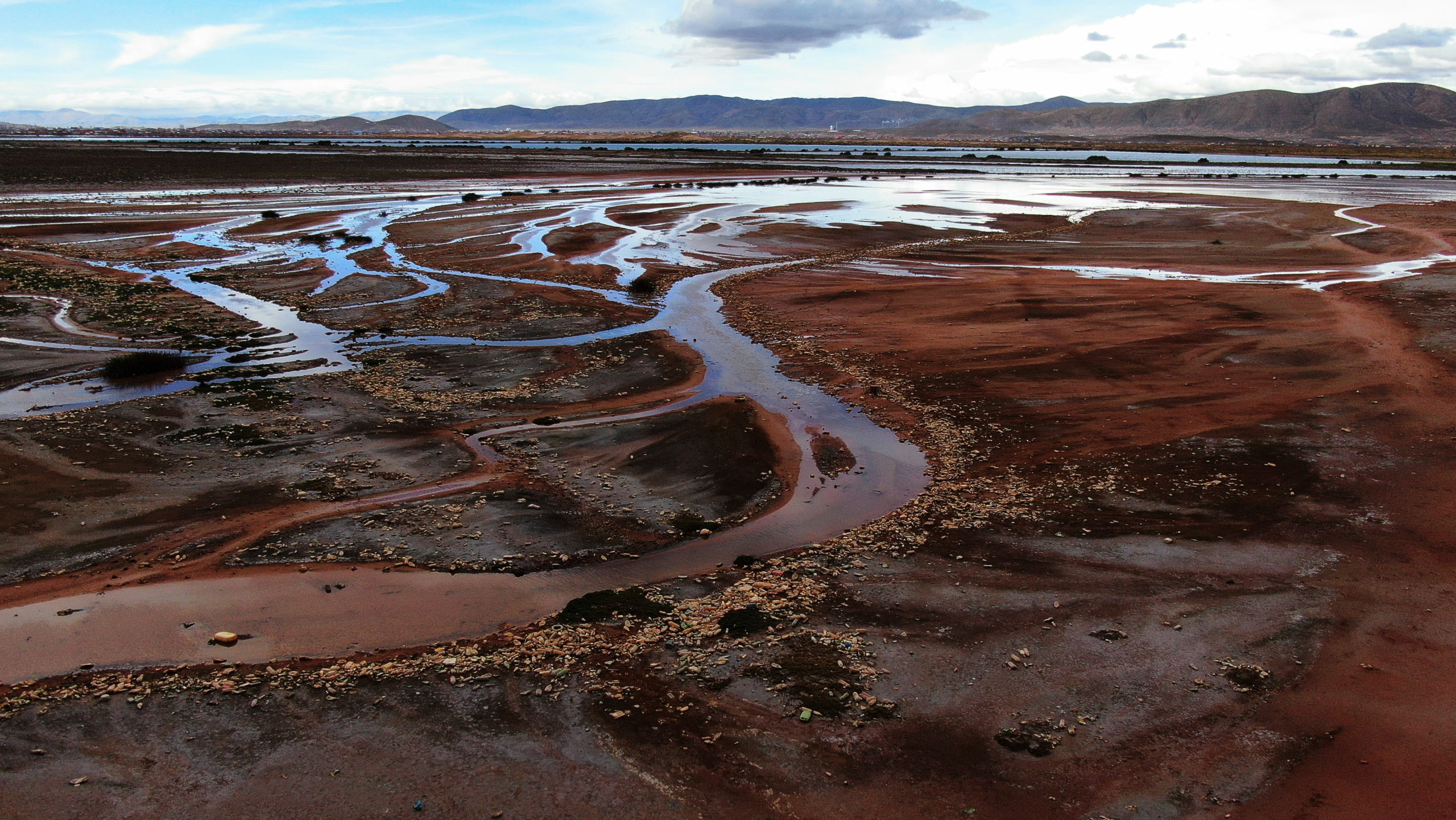
Besides trash, the lake’s water also has heavy metals such as cadmium, zinc, arsenic, lead, and mercury as a result of the mining activities nearby. The region is home to lithium as well as a variety of precious metals. Locals said that the contamination has affected the parts of the lake where you can fish, including impacting the size of the animals.
‘If Nothing Is Done, We Will Lose It Completely.’
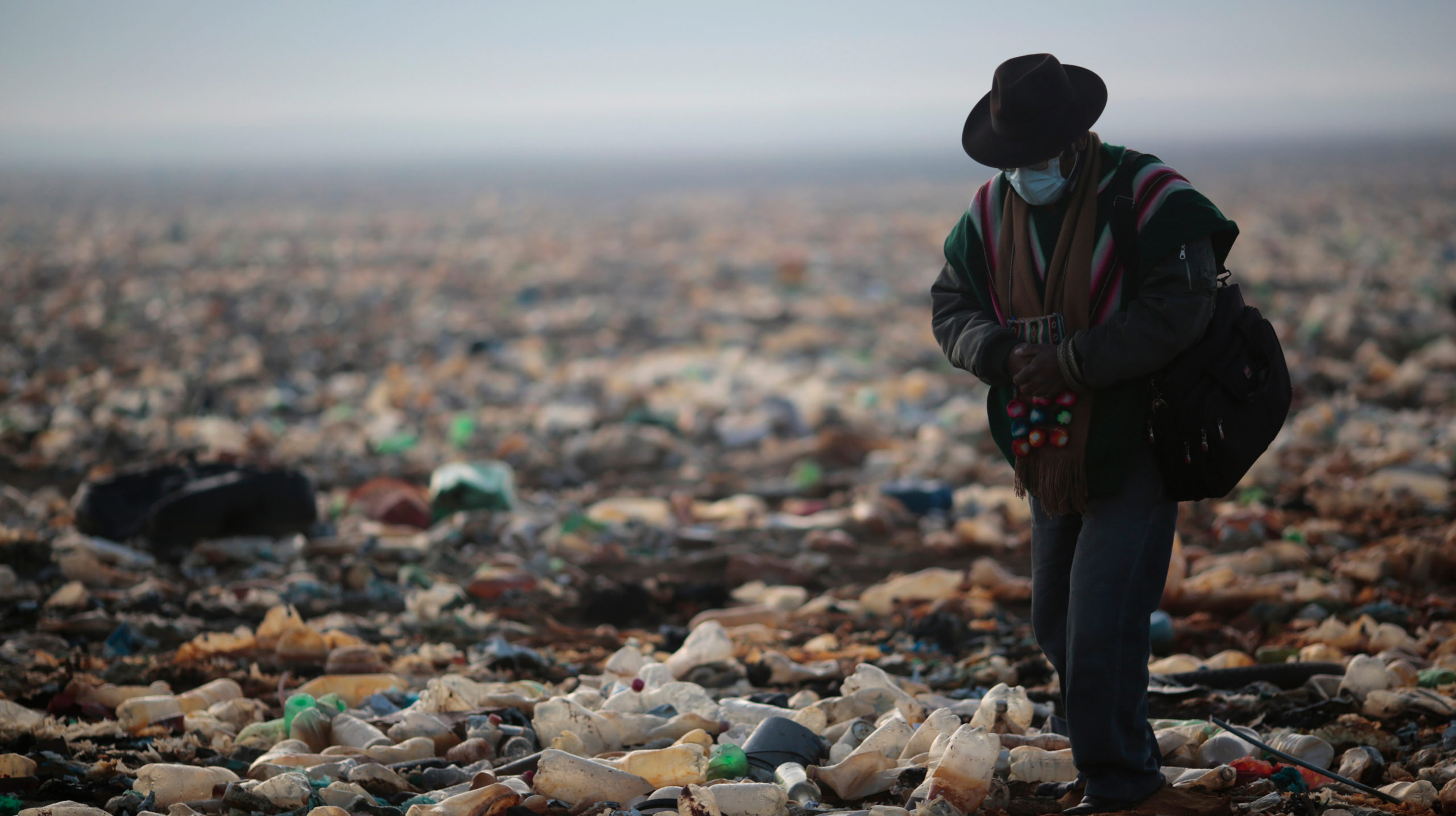
Limbert Sánchez, communication manager for the Centro de Ecología y Pueblos Andinos, told the AP that the area of water in the lake has been decreasing every year for the past decade.
“We are making an extraordinary call to save Lake Uru Uru because if nothing is done, in five years there is no doubt we will lose it completely,” Sánchez said.
National Authorities Say the Lake’s Biggest Source of Contamination Is Plastic Bottles
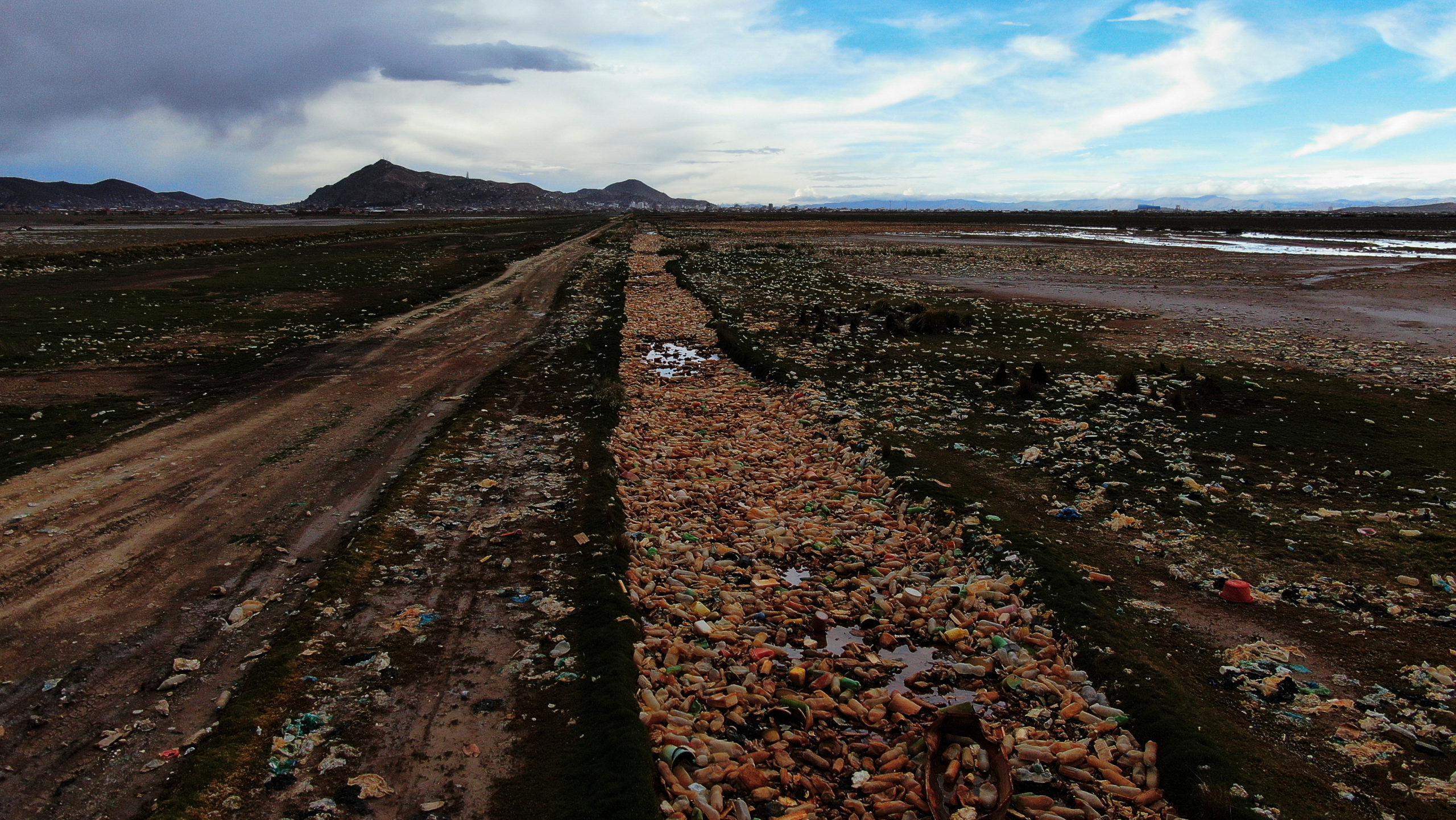
The mayor of Oruro, David Choque, said the city will host a meeting to take action to clean the contaminated parts of Lake Uru Uru and the Tagarete River. Choque affirmed that the city has to raise awareness among its citizens to get them to stop throwing so much trash out.
The national government has said that the biggest source of contamination in the Tagarete River is plastic bottles. The government plans to carry out an inspection in the area and finance the construction of a recycling plant in an effort to mitigate some of the damage.
Cleaning Up the Lake and the Surrounding Area
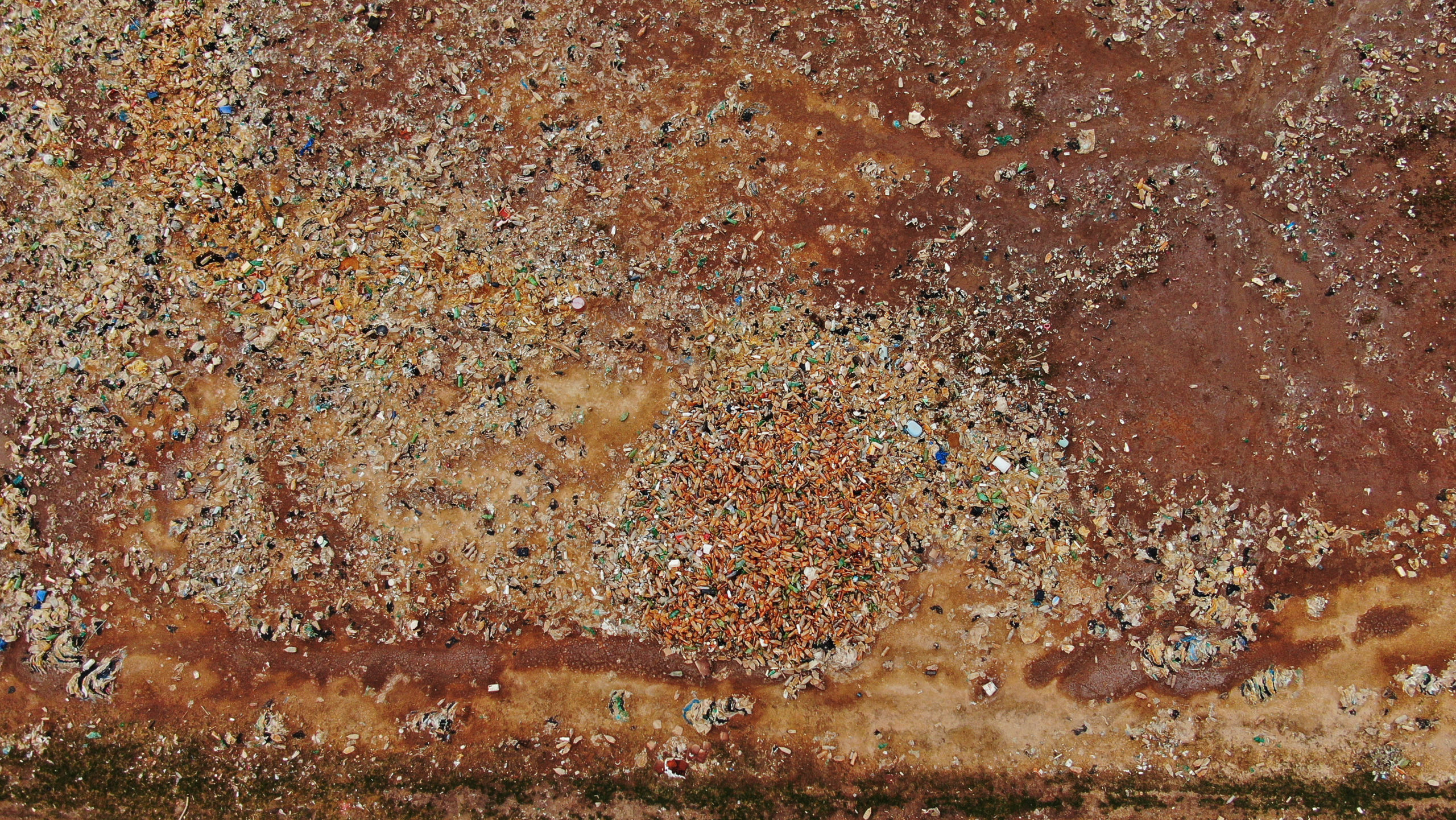
Officials from the Oruro mayor’s office anticipate that they need 500 people to help as well as cargo trucks and at least one digger to pick up trash strewn over just 10 hectares near the lake, according to EFE, which is just a fraction of the nearly 245 hectares that are contaminated. There’s so much trash, though, that officials estimate that this small action would only address what piled up over the last eight to 10 months. It doesn’t even include the trash inside the lake.
If officials carry out the cleanup, it would be a good start, but it’s clearly insufficient. Unsaid in any of these plans so far is how the city or national governments could improve collection so that so much trash doesn’t end up strewn about the landscape in the first place. Drastic action and cooperation are needed to clean up Lake Uru Uru, which is critical to the animals that live there and the people that depend on it.
The Plastics in Lake Uru Uru Are Part of a Bigger Problem
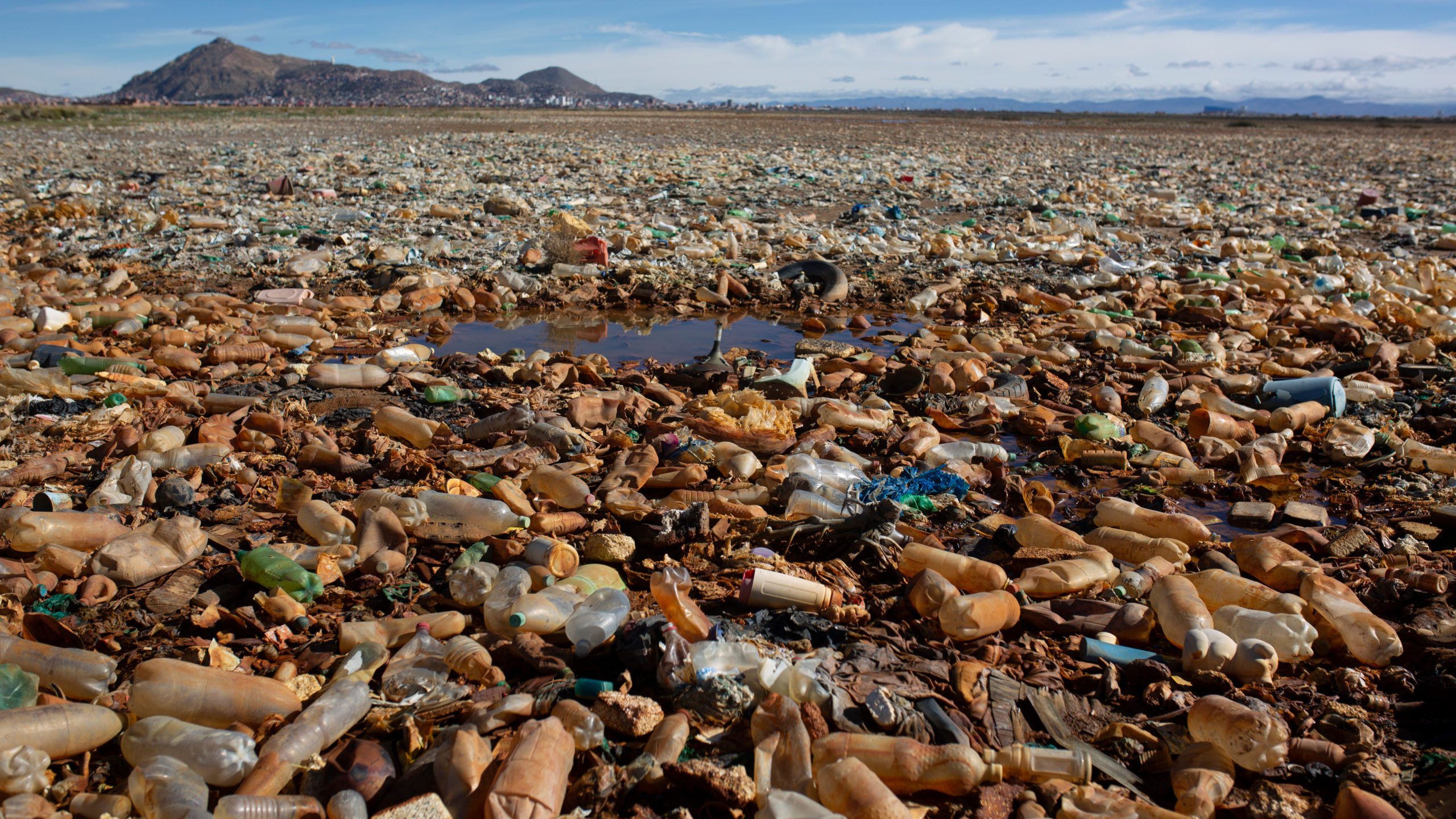
The state of the lake is a sad reminder what happens to nature when we decide to ignore the consequences of our polluting actions. But while the plastic pollution clogging Lake Uru Uru has a huge toll on the natural environment, there’s also a very real risk to humans. And that’s a risk hardly isolated to this corner of Bolivia.
Just this week, a major new report from the United Nations found that every aspect of plastics’ life cycle affects human health. The toll is particularly acute for those in economically and social disadvantaged groups, including women, children, the poor, migrants, and indigenous people, who are the most negatively affected. Cleaning up the lake is part of a much bigger issue that means winding down single-use plastic production. The world will also have to lend a hand helping clean up other communities where plastic waste has been dumped.
